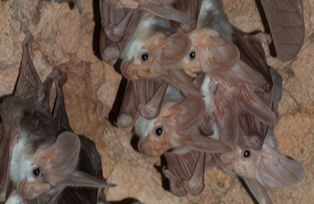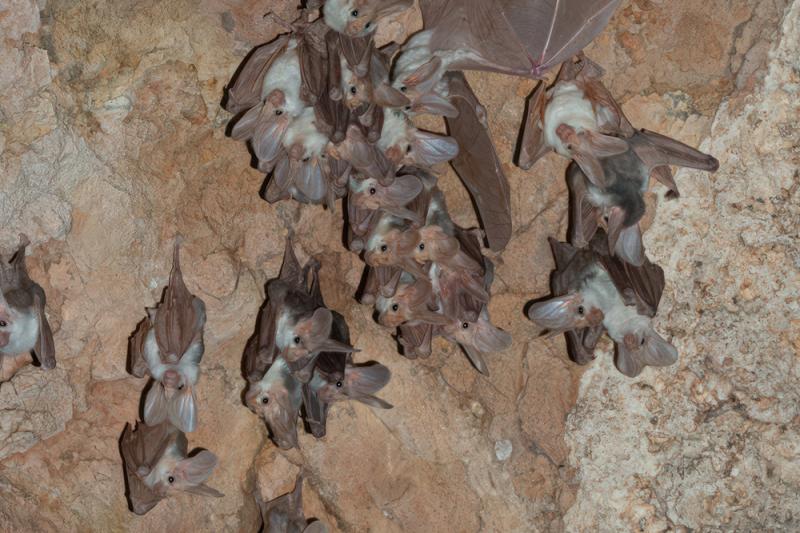
Mt Etna Caves carnivorous ghost bats close to local extinction - Wildlife Australia
Gallery
URPoint Details
Introduction
A localised extinction of carnivorous ghost bats (Macroderma gigas) looks likely to occur at the Mt Etna caves, near Rockhampton, Queensland. The site was once described as having the largest known maternity caves in Australia for the species – but several of these areas have been destroyed as a result of feral animals, bushfires and limestone and guano mining. A recent count shows the colony is down to just 18 individuals. A triggering problem appears to be down to excess human visitation to the roosts of these fragile ghost bats and local ABC News reporters, Ellie Willcox and Jeremy Jones, made the rangers’ case for urgent action on that issue in February, 2025. Here is a digest of that report and links to the complete story below.
Cave trespassers spook carnivorous ghost bats into abandoning babies
By Ellie Willcox and Jeremy Jones ABC News
TRESPASSEERS to central Queensland caves are frightening endangered ghost bats into abandoning their offspring, reducing the already shrinking population.
Mount Etna, north of Rockhampton, is one of the few places left in Australia supporting a small colony of carnivorous ghost bats.
Queensland Parks and Wildlife Service ranger Bryce Roper said the species, which was endangered in Queensland, has suffered from the impacts of limestone and guano mining, feral animals and bushfires.
“We now have issues with unauthorised access during roosting and breeding season,” he said. “The ghost bats unfortunately throw their pups when they get a fright and they won’t come back for their pups, so it really puts a dampener on the population growth.
“We ask people to please obey park signage for the good of the ghost bats.”
Population ‘sore point’
Parts of the Mount Etna Caves National Park have been closed to protect the vulnerable species during breeding, which occurs from November to February.
CQ University behavioural ecologist Simon Robson said ghost bats were very sensitive animals.
“The distress just gets to them and they can abandon their babies,” Professor Robson said.
Prof. Robson said the national park, which was established in 1975, was an important breeding site.
“At this site females from many thousands of kilometres come together to have their babies and they are very susceptible to disturbances,” he said.
“It’s a very significant issue because one person might think they’ll have a quick look but they don’t realise the damage that’s being done to the bats as a whole.”
Authorities are also working on weed and feral animal control in the bats’ foraging area. They are also educating nearby landholders on how they can help protect bats by reducing threats such as barbed wire fencing.
Links:
www.abc.net.au/news/cave-trespassers-scare-ghost-bats-into-abandoning-babies/104911498
ends
- Type:
- Wildlife
- Establishment year:
- 2025
















